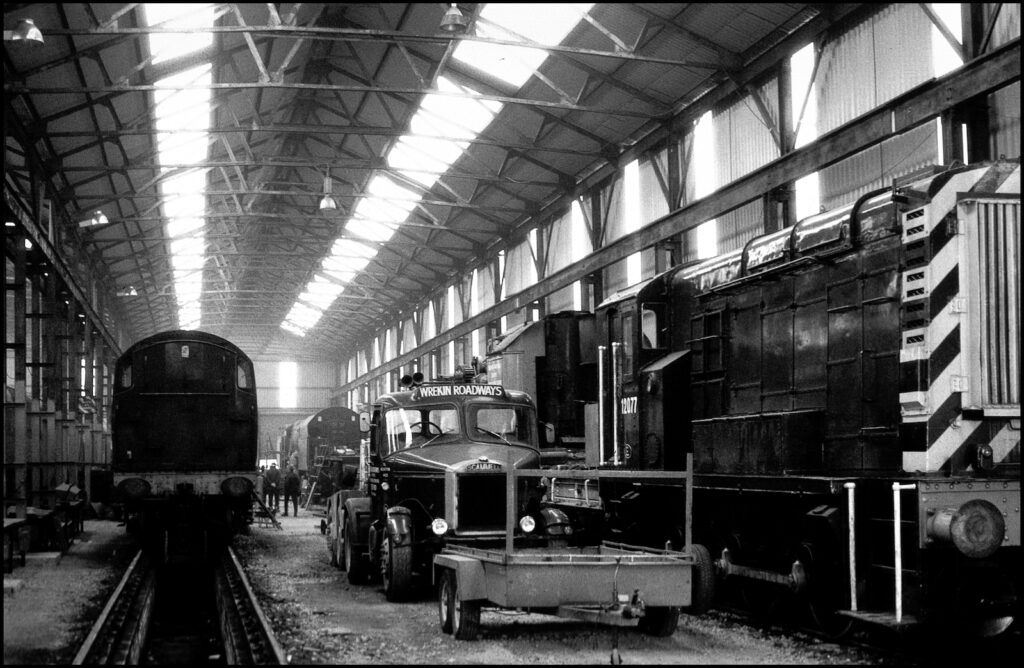
Some thoughts on a short lived Polaroid film from the 1980s.
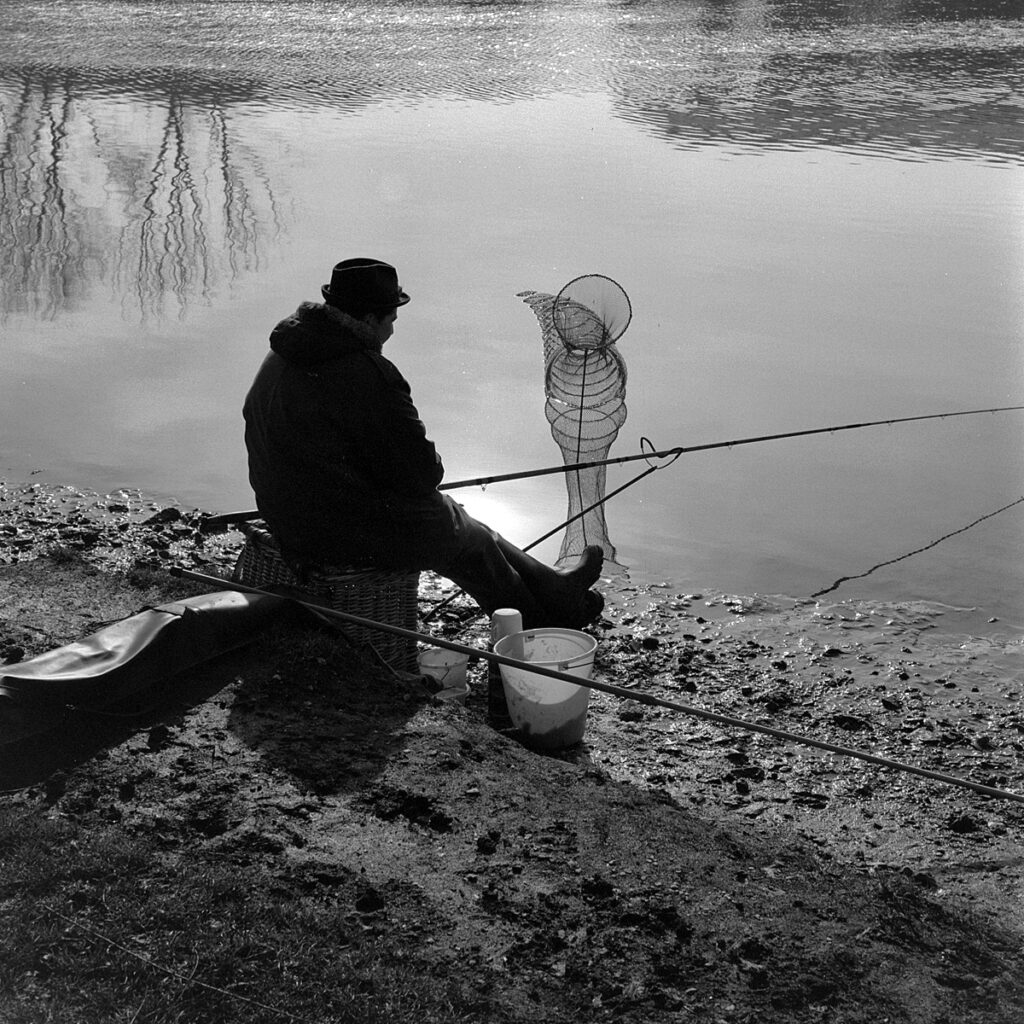
Examples of images made on a selection of twin lens reflex cameras.
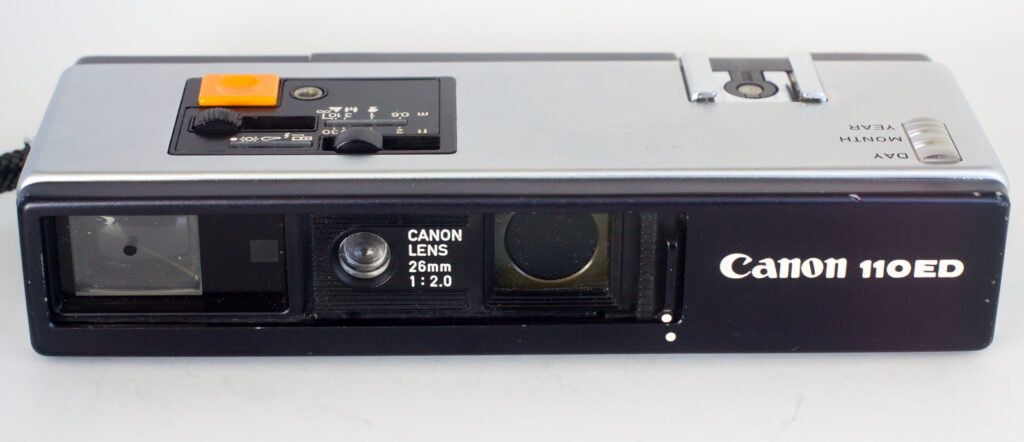
I am able to get to know this well specified Canon 110 ED camera and the Minox 110S I wrote about recently thanks to Bob Janes’ generous gift. Bob has posted several informative...
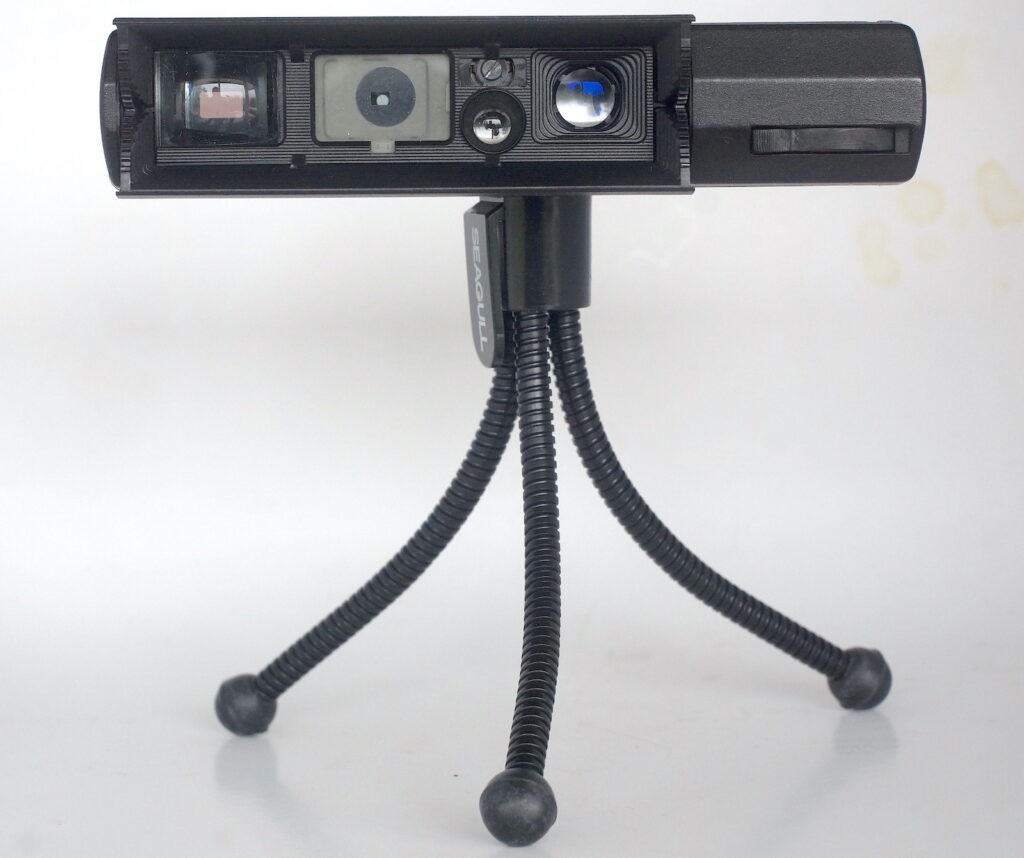
Recently, I was very kindly given two 110 cameras by submin exponent and expert, Bob Janes, one being the very compact and immaculately designed Minox 110S, out of the top tier ...
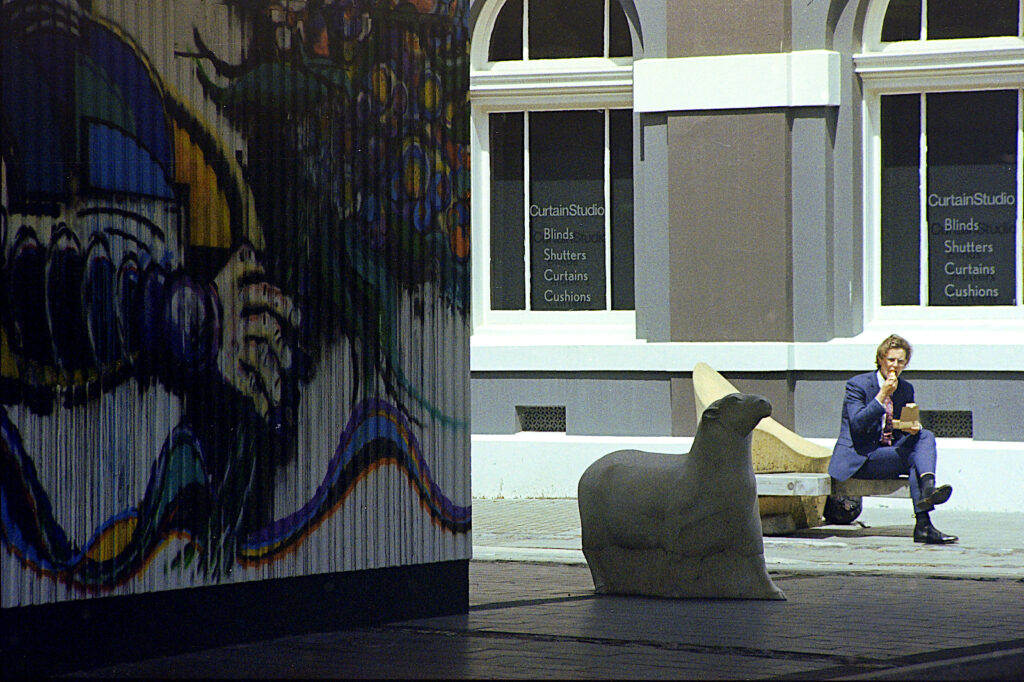
A method for inverting colour negatives in software.

After reading an interesting post from Geoff Chaplin about processing 35mm Rollei RPX 25 in 1:100 Rodinal semi-stand rated at ISO 100 I thought it could be a good match for 16mm...
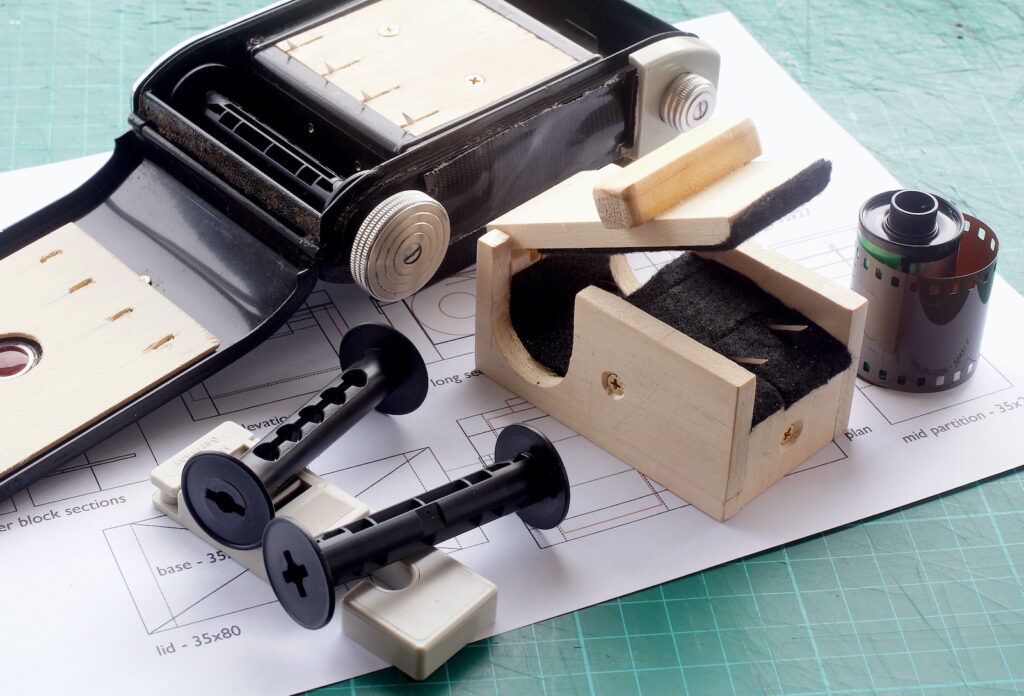
A device for producing a 16mm strip from 35mm.

When my original plans for the Agfa Selecta M I bought a little impulsively recently were clearly not going to happen, the camera type in general began to interest me. I already...








